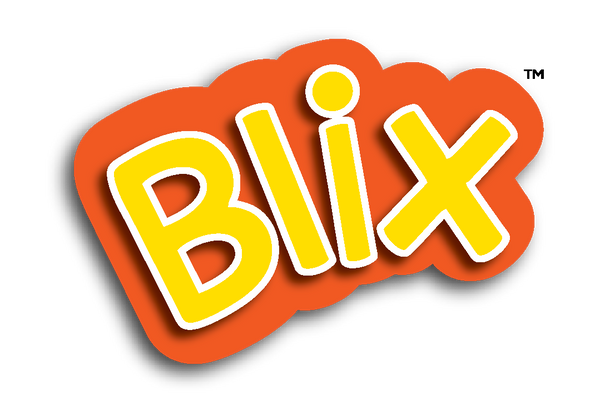
Why Every School Needs a Tinkering Lab in 2025
Share

What's tinkering in action? Let's get clear on this. Whenever you see a student taking apart a toy to see what’s inside or they start sketching out an idea before building it with blocks, that's when they tinker, they think.
The whole process is curiosity-driven. Kids, being curious, learn and unlearn many things on their own. And that’s exactly why tinkering labs in schools are becoming more than just a good idea. It actually is a must.
What is a Tinkering Lab, really?
A tinkering lab is not a science lab. It’s also not a computer room. It’s a space where students explore. They build, fail, and try again.
If you look into a STEM tinkering lab, you’ll find gears all over. There will be a lot of sensors, wires, 3D printers, and a lot of robotic components. And in addition to all these tools, the mindset a kid comes with, in the room, that matters. How?
The STEM lab they would tinker in will not be just for watching. It actually will be more for doing. Students will build their own understanding of scientific concepts. They will work on projects that make all the ideas real.
Now, why do schools need tinkering labs in 2025?
Students these days don't just need content. They need context. They need places to apply what they’re learning. Often right there, right then. That’s what tinkering labs in schools provide.
Classrooms ten years ago were just blackboards, benches, and tables. Now, the space has to be more active, more creative, more flexible. This actually is a shift from traditional learning to 21st-century classroom ideas. And STEM labs in schools are where that shift becomes visible.
What are the benefits of tinkering labs for students?
- Easy access to STEM, electronics, and robotics
- Improved reasoning and creative thinking from project-based learning
- Practical exposure to tools and materials beyond the textbook
- Teamwork and communication from group-based activities
- Failure tolerance, over here, kids learn to iterate, fix, and build better
With all these benefits on the side, students become better learners, thinkers, and creators.
The best part?
Aligned with National Goals & Education Policy
There’s a reason why the government launched programs like Vision 2020 and the Skill India Initiative. The aim of both programs is to make education more skill-based. And tinkering labs directly support that vision.
These labs build problem-solving abilities in kids. They get digitally literate and do design thinking at the school level. That's why many schools have started working on the STEM lab, because now it's no longer optional.
How to start setting up a tinkering lab?
First things first, you don't need a big room or a massive budget to set up a STEM lab. You simply need a plan that fits your school. And we at Blix do this for you. We make it simple for you to get started. From customisable kits, activity plans, to teacher support - you will get it all with us.
We will give students the room to explore, no matter whether they are simply working on a basic tool or a full robotic module.
Why schools need tinkering labs isn’t a question for tomorrow. It’s a decision for today. If we want kids to lead in innovation, they need the space to practice it early. And that starts with just a table, a few tools, and the freedom to create. Let's do this together with Blix!
